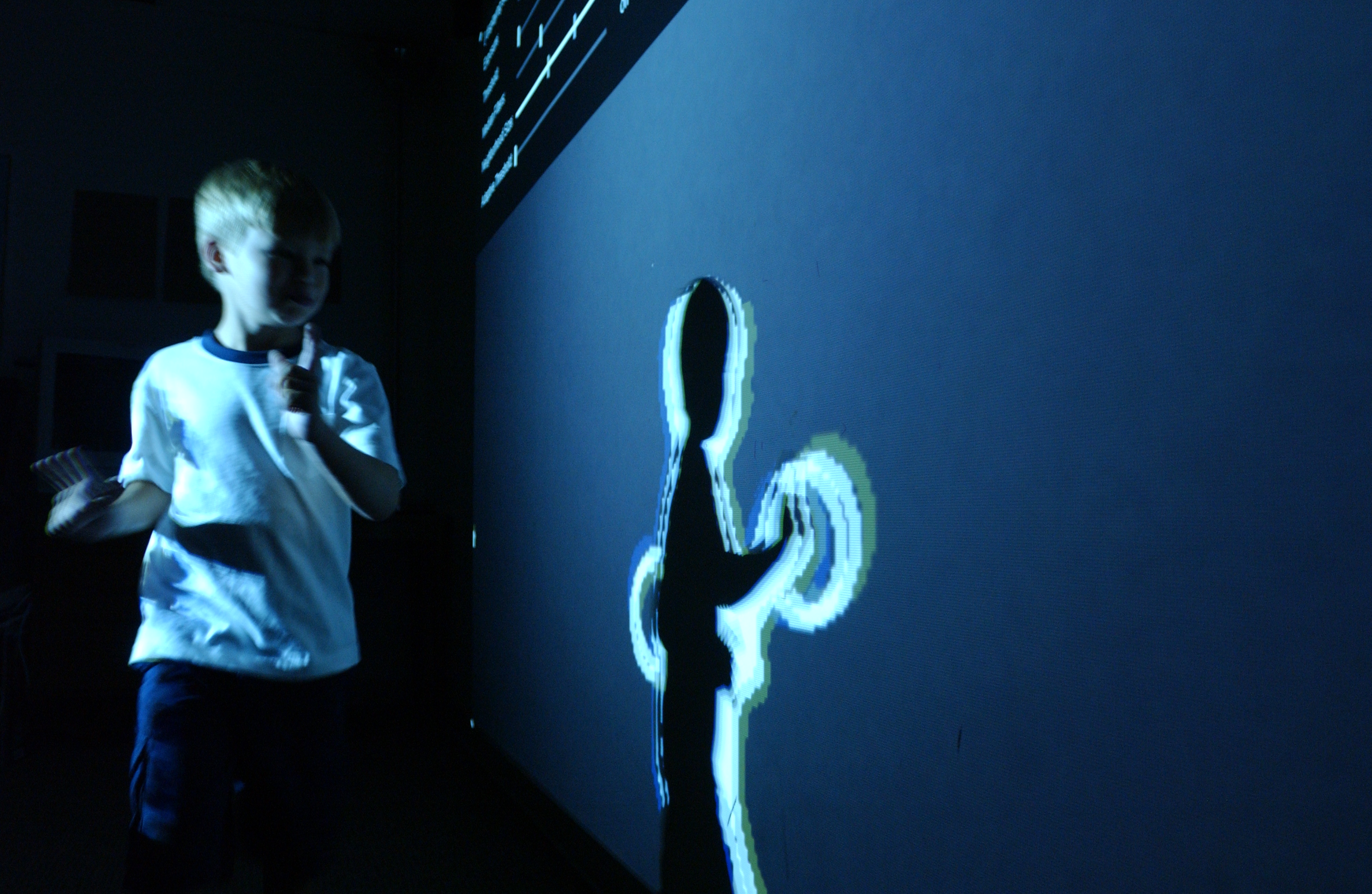A Technique For The Measurement Of Human Body Movements
The different techniques and methods employed as well as the different quantitative and qualitative variables measured in order to objectify postural control are often chosen without taking into account the population studied the objective of the postural test and the environmental conditions.
A technique for the measurement of human body movements. The paper concludes that improved transducers will allow this method to be extended to the study of the movement of other parts of the body. An appendix shows how the signals from six accelerometers may be used to define completely the movement of a body in space. Anthropometry is the study of the measurement of the human body in terms of the dimensions of bone muscle and adipose fat tissue. 62 sp movement and positioning.
The overall goal of our research is to develop a markerless system using multiple optical sensors that will efficiently and accurately provide 3d measurements of human movement for application in clinical practice. Human body and body part movement analysis using gyroscope accelerometer and compass. 3 13 body measurement all ages. Printed in great britain accelerometry a technique for the measurement of human body movements j.
A survey of measurement techniques rudolfs drillis ph. The new technique could even one day potentially be used in the future to 3d print sensors on a pumping heart as well as on other locations inside or outside the body mcalpine said. Thanks to the revolutionary advancement of microfabrication technologies state of the art micro accelerometers have become more accurate reliable smaller and cost effective 38 42. This paves the way for other types of sensors to be directly printed on the body for measuring temperature sweat fluids blood oxygen levels etc in a multifactorial system he told design news.
Renato contini bs. For these reasons the aim of this review was to present and justify the different testing. Measures of subcutaneous adipose tissue are important because. Human motor activity is determined by the response of the subject to constantly changing external and internal stimuli.
The use of cantilever based accelerometers for assessing human body movement was first proposed in the 1950s although the devices in the early stage were somewhat unreliable large and expensive. A study of the movement of the shank or lower leg using accelerometers is reported. Markerless human movement analysis through visual hull and articulated icp.



















